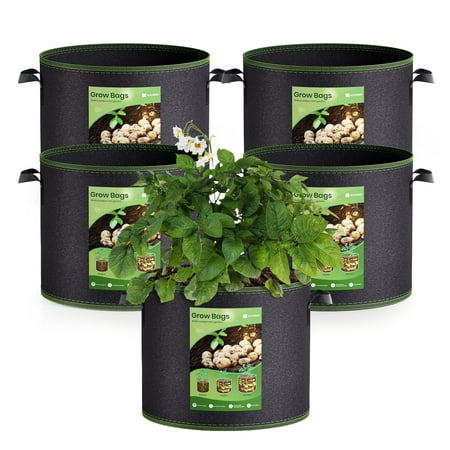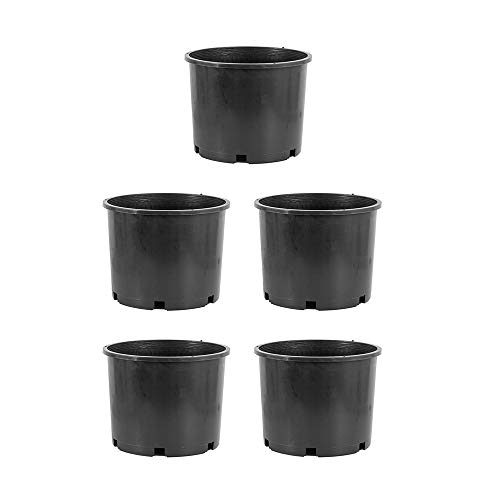How to grow cabbages in containers – expert tips for top harvests in small urban spaces
You can grow lots of different cabbages in pots, troughs, grow bags, or buckets
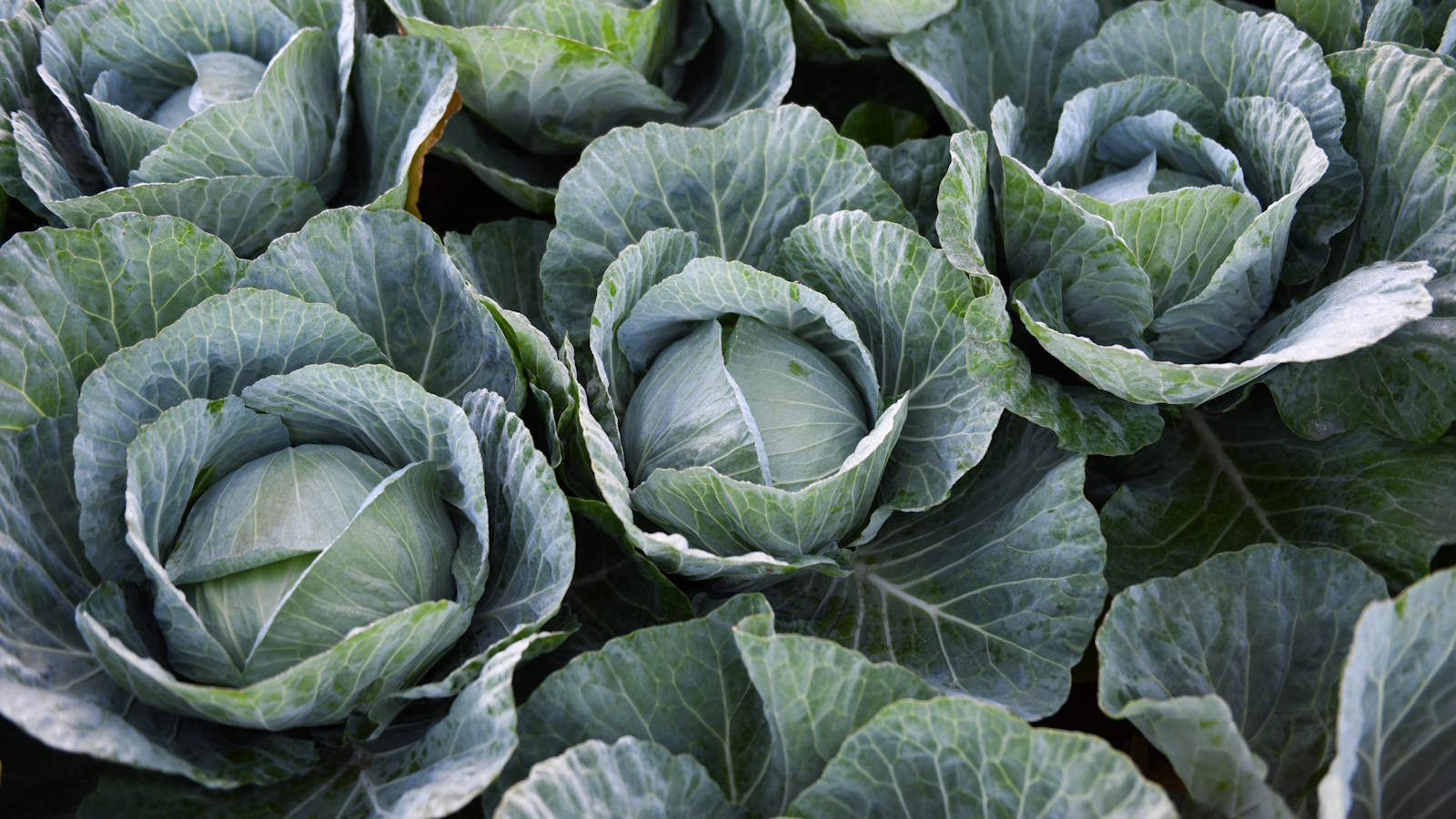
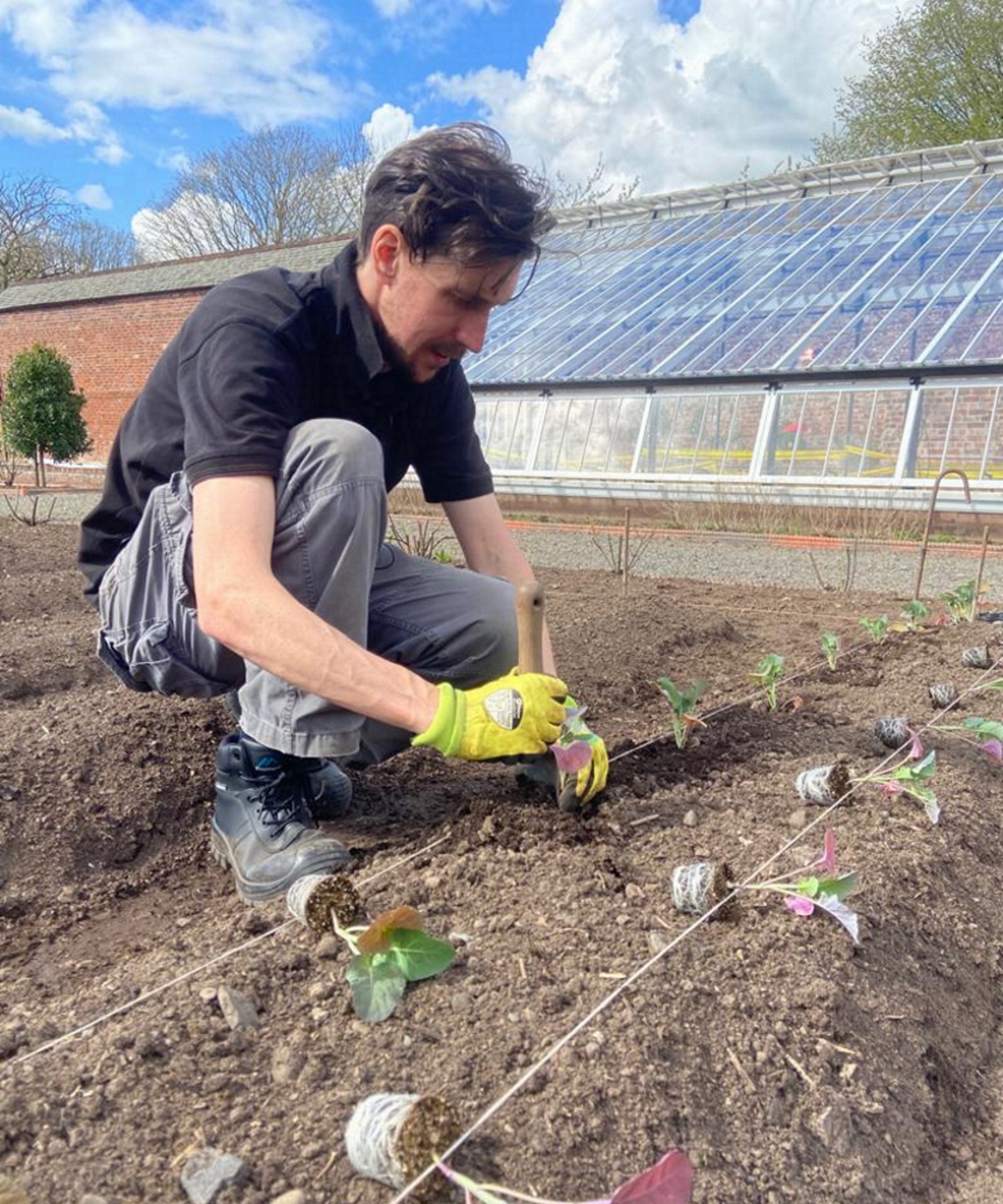
Growing in containers is a fantastic way to enjoy homegrown vegetables in smaller urban gardens. Cabbages are a staple crop in many vegetable gardens and a versatile one that can be grown successfully in containers.
There are advantages to growing cabbage in containers, such as pots, grow bags, or buckets, as you have extra control over the location and soil compared to growing in the ground. However, close attention has to be paid to the extra watering and feeding required with growing vegetables in pots.
I have grown cabbages for many years. As well as gardening professionally in vegetable gardens, I cultivated lots of vegetables in pots at home in smaller spaces. If you want to grow cabbages in containers in a small yard, patio, deck, or balcony, here are some essential tips you need to know.
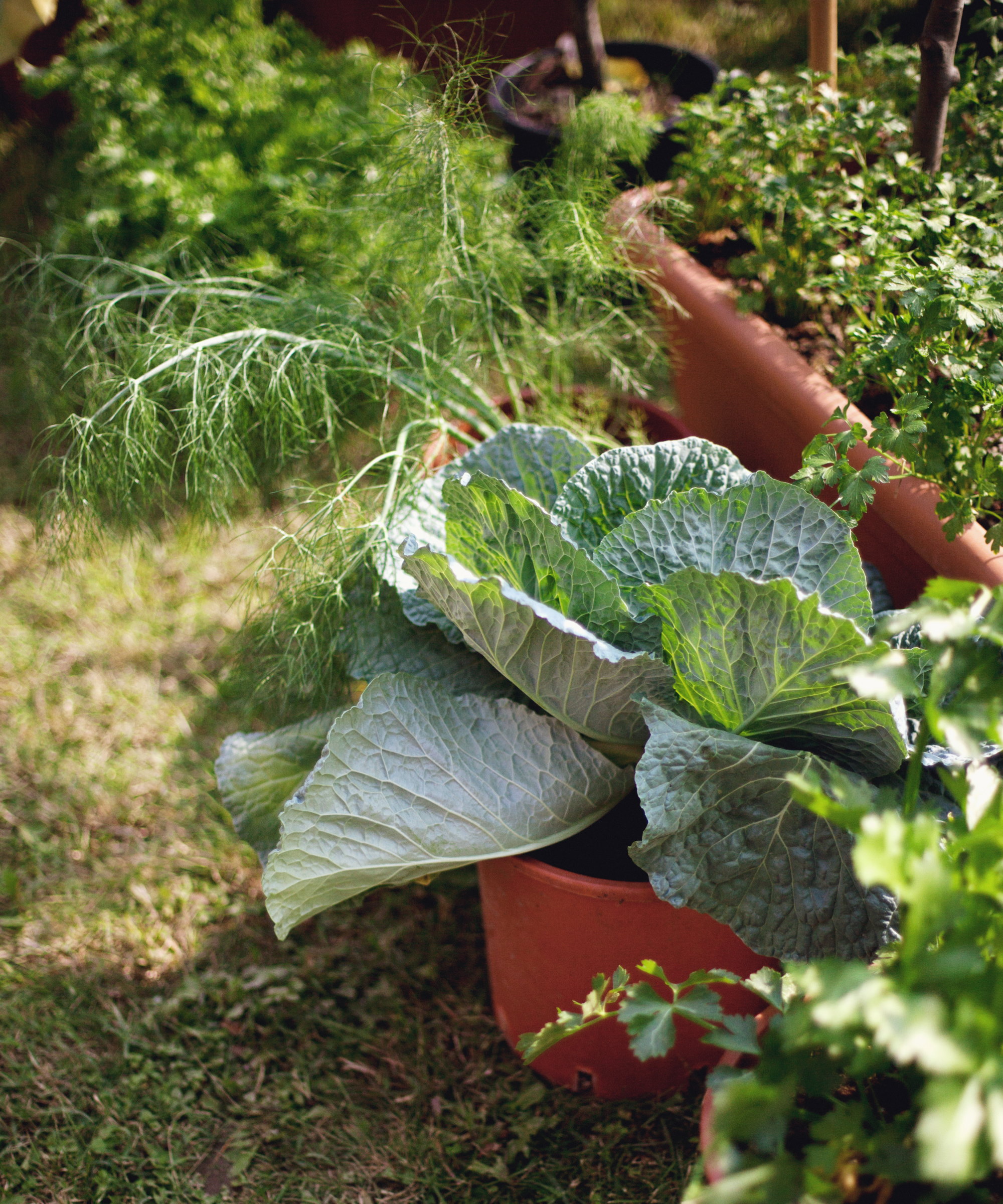
Can you grow cabbage in a container?
Yes, you can successfully grow cabbages in any vegetable container garden. I look closely at the best containers to use and give tips to grow cabbages in containers successfully, so you get the best cabbage harvest from a pot, bag, trough, or bucket.
How to grow cabbage in a container
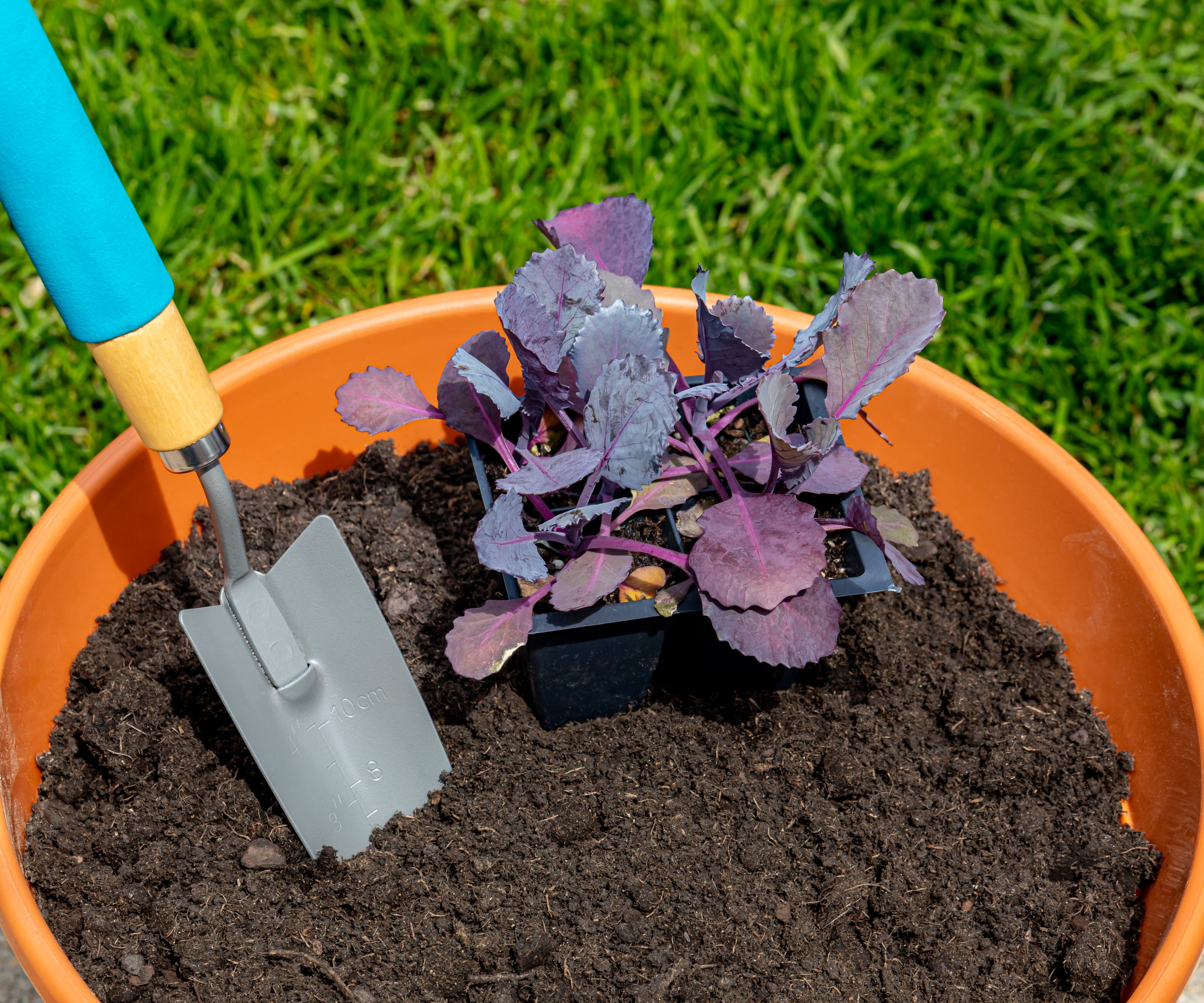
There are lots of different varieties of cabbage to grow throughout the year. You can grow any combination of spring cabbages, summer cabbages, savoy cabbages, or winter cabbages for a virtually year-round harvest.
Most varieties of cabbage are suitable for growing in containers, but opt for smaller varieties as those that produce extra-large heads will require larger pots.
Cabbages are vegetables that produce large root systems and need space to develop to full size. Therefore, you need large containers to accommodate the cabbage and allow it to mature properly. Any container should be at least five gallons, or 12 inches wide and 12 inches deep, as a minimum.
The containers can be made from various materials, such as plastic, ceramic, or terracotta. Alternatively, you can grow cabbages in grow bags or buckets, provided they can hold at least five gallons of compost.
Any pot must have drainage holes in the bottom and be filled with a quality potting soil for container gardening. One of the advantages of growing vegetables in a container garden is that you can control the soil quality and place the containers in the ideal spot where cabbage can get the sun it requires.
Most cabbages are best grown one plant per five-gallon pot; however, a trough or rectangular container can house multiple cabbages for a good crop. In such a planting situation, each cabbage will need at least 12 inches of space.
Caring for cabbages growing in containers
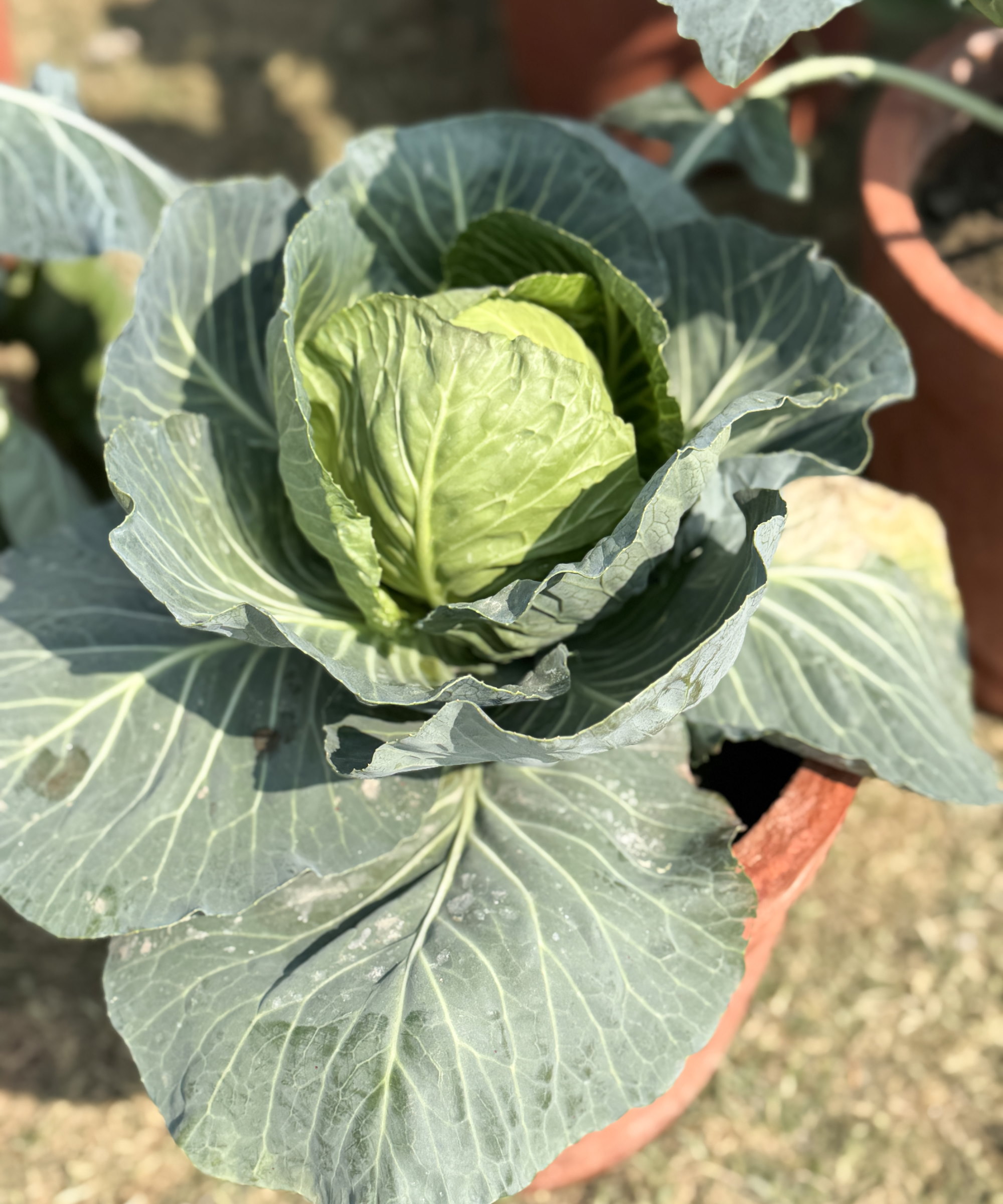
Young plants can be bought from garden centers, nurseries, or online to plant vegetables straight into the pot.
Or you can grow your cabbages from seed. This can be done by starting vegetable seeds indoors and transplanting seedlings into the pot, or directly sowing seeds outdoors into the container.
No matter how you plant cabbages, when you grow cabbages in containers, four key aspects must be right for a bumper crop:
- Location - Place your cabbage container in an open and sunny position, ideally with at least 6-8 hours of direct sunlight daily. Cabbages can grow in part-shade and will benefit from some protection against the afternoon sun in warmer climates. This can protect the cabbage from stress and prevent bolting.
- Watering - Cabbages growing in containers need more watering than plants growing in the ground. It is vital to keep the soil evenly moist. Cabbage plants want an inch or two of water a week. It may mean watering once or twice a week, and a soil moisture meter, available at Amazon, can be helpful to judge when to water plants. Avoid overwatering as it can cause the heads to split or the roots to rot.
- Feeding - Cabbage plants are heavy feeders and will need regular feeding as they can drain the nutrients in the potting soil. A good quality potting mix should contain enough nutrients for the first month. Give plants a dose of organic slow-release fertilizer and then feed plants with a liquid high-nitrogen fertilizer every few weeks once the heads start to form. This grow big liquid plant food, available at Amazon, is a good example of a feed to use.
- Pests - Cabbages are susceptible to many different pests. The biggest threat, and a pest that can destroy plants, is cabbage worms, which become cabbage white butterflies. The easiest way to prevent issues is to cover plants with netting to keep cabbage worms, cabbage loppers, and other caterpillars away from plants.
Shop containers for cabbages
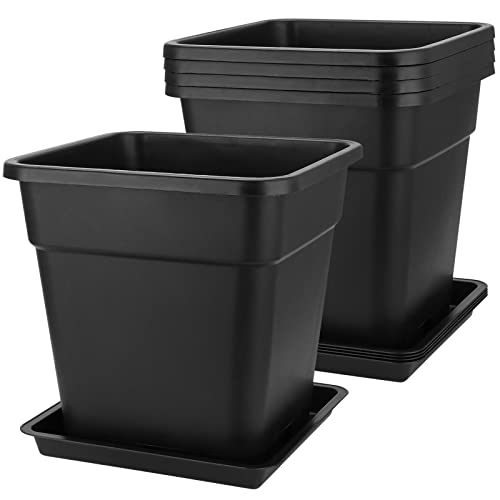
A set of lightweight and durable five-gallon plastic plant pots. The drainage holes and slightly raised feet help excess moisture drain away and prevents root rot.
Another brassica ideally suited for growing in pots is kale. To cultivate this attractive and nutritious vegetable in a container, see our guide to growing kale in pots.
If I had to pick one kale to grow in a pot, I would pick cavolo nero, also known as lacinato or Tuscan kale, as it is a fantastic heirloom variety with ornamental crinkled leaves. You can get lacinato kale seeds or plants at Burpee to plant into pots in spring or fall.
Sign up to the Homes & Gardens newsletter
Design expertise in your inbox – from inspiring decorating ideas and beautiful celebrity homes to practical gardening advice and shopping round-ups.

Drew’s passion for gardening started with growing vegetables and salad in raised beds in a small urban terrace garden. He has worked as a professional gardener in historic gardens and specialises in growing vegetables, fruit, herbs, and cut flowers as a kitchen gardener. That passion for growing extends to being an allotmenteer, garden blogger, and producing how-to gardening guides for websites. Drew was shortlisted for the New Talent of the Year award at the 2023 Garden Media Guild Awards.
You must confirm your public display name before commenting
Please logout and then login again, you will then be prompted to enter your display name.
-
 Thoughtful modernism – how one Dallas home makes bold contemporary design feel warm, welcoming, and comfortable
Thoughtful modernism – how one Dallas home makes bold contemporary design feel warm, welcoming, and comfortableWith its mix of textural finishes and carefully curated furnishings, this modernist home is a refreshing retreat
By Karen Darlow Published
-
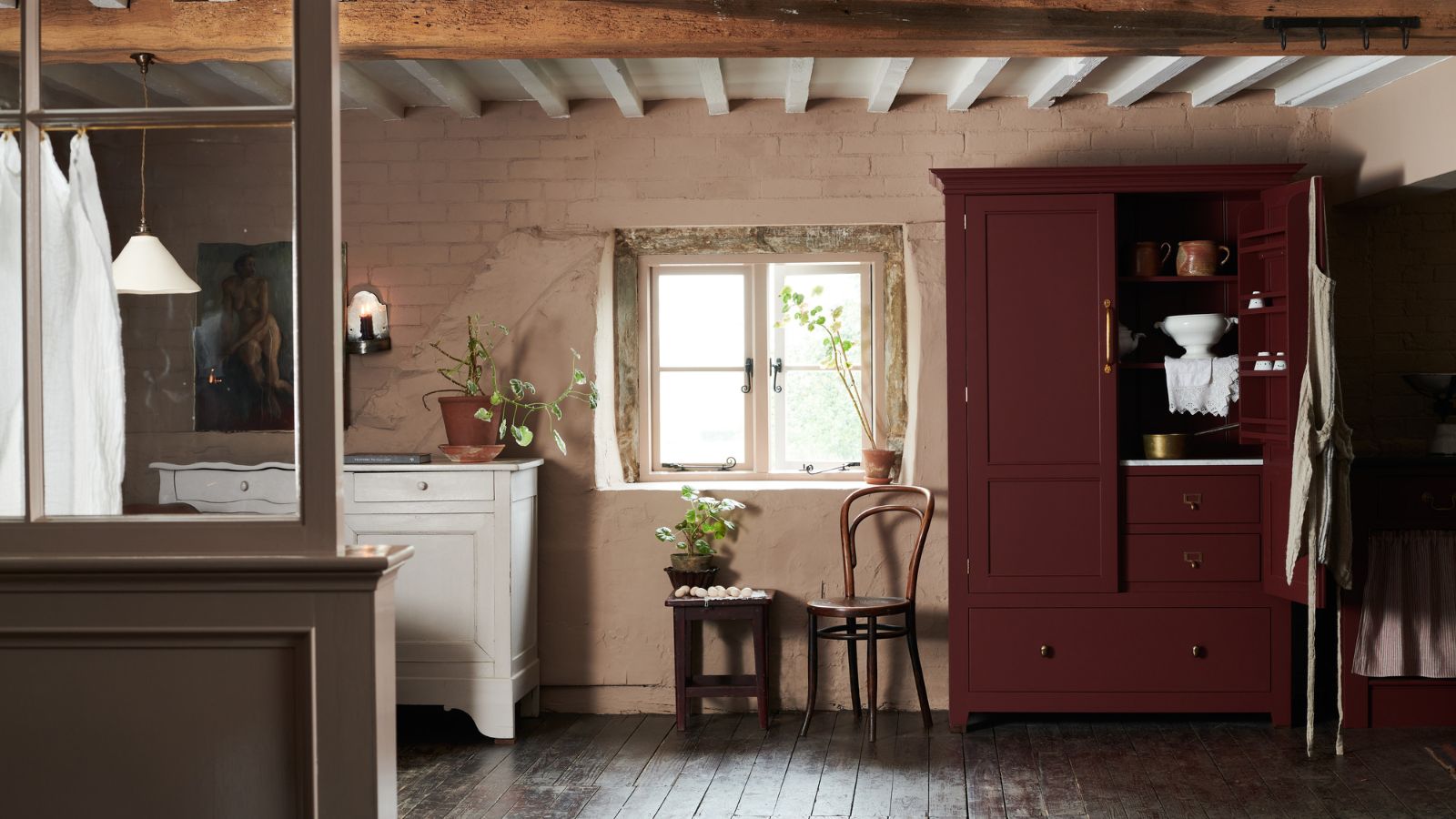 'Wick away the ick' – 6 things people with clean laundry rooms always do to make this hardworking space shine
'Wick away the ick' – 6 things people with clean laundry rooms always do to make this hardworking space shineThese tips on how to clean your laundry room will banish grime
By Seraphina Di Mizzurati Published
-
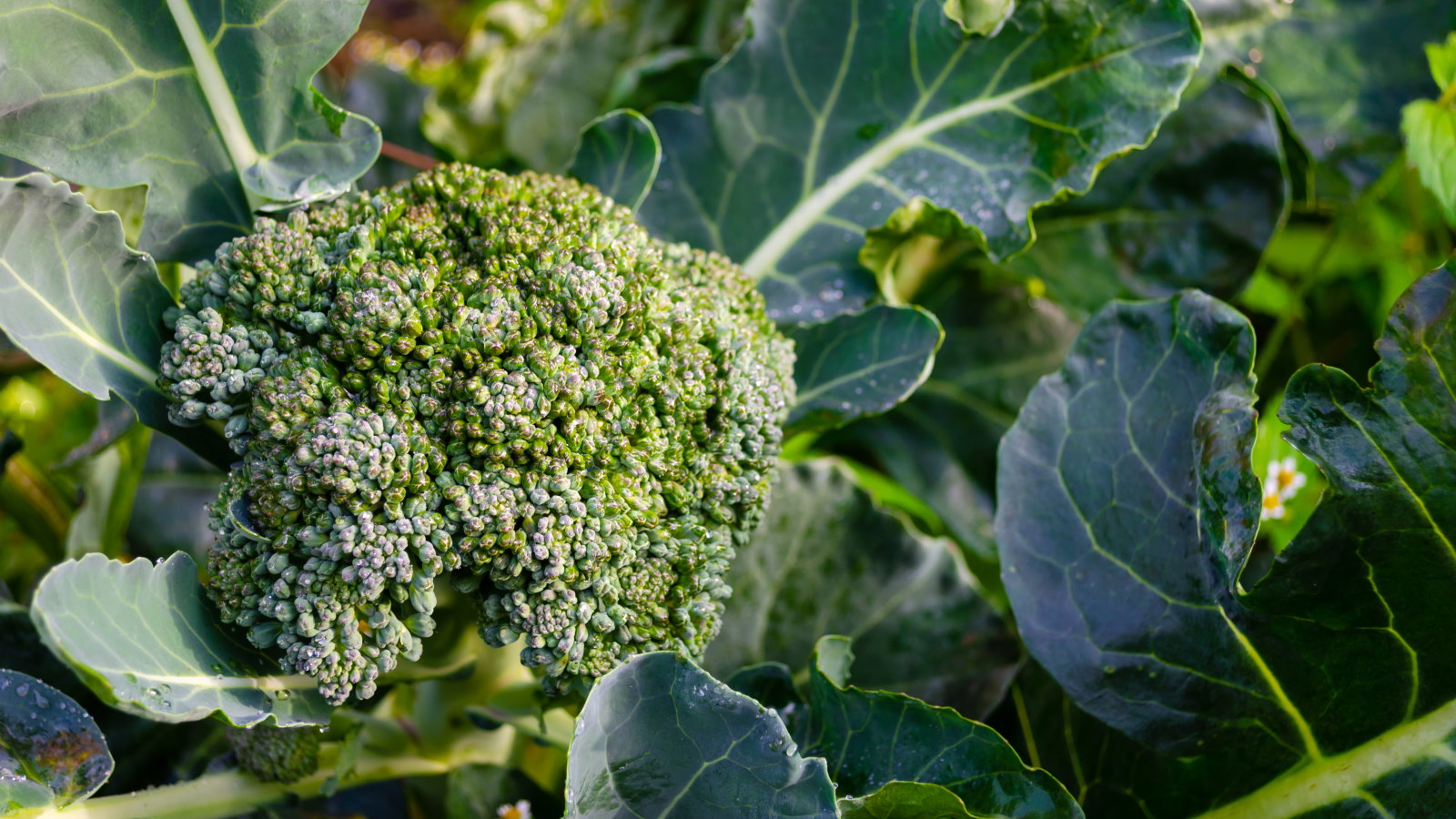 These 5 plants can help you get the best, and potentially tastiest, broccoli ever – discover what to plant with broccoli, and what to avoid
These 5 plants can help you get the best, and potentially tastiest, broccoli ever – discover what to plant with broccoli, and what to avoidOur selection of vegetables, herbs, and flowers is perfect for companion planting with broccoli
By Drew Swainston Published
-
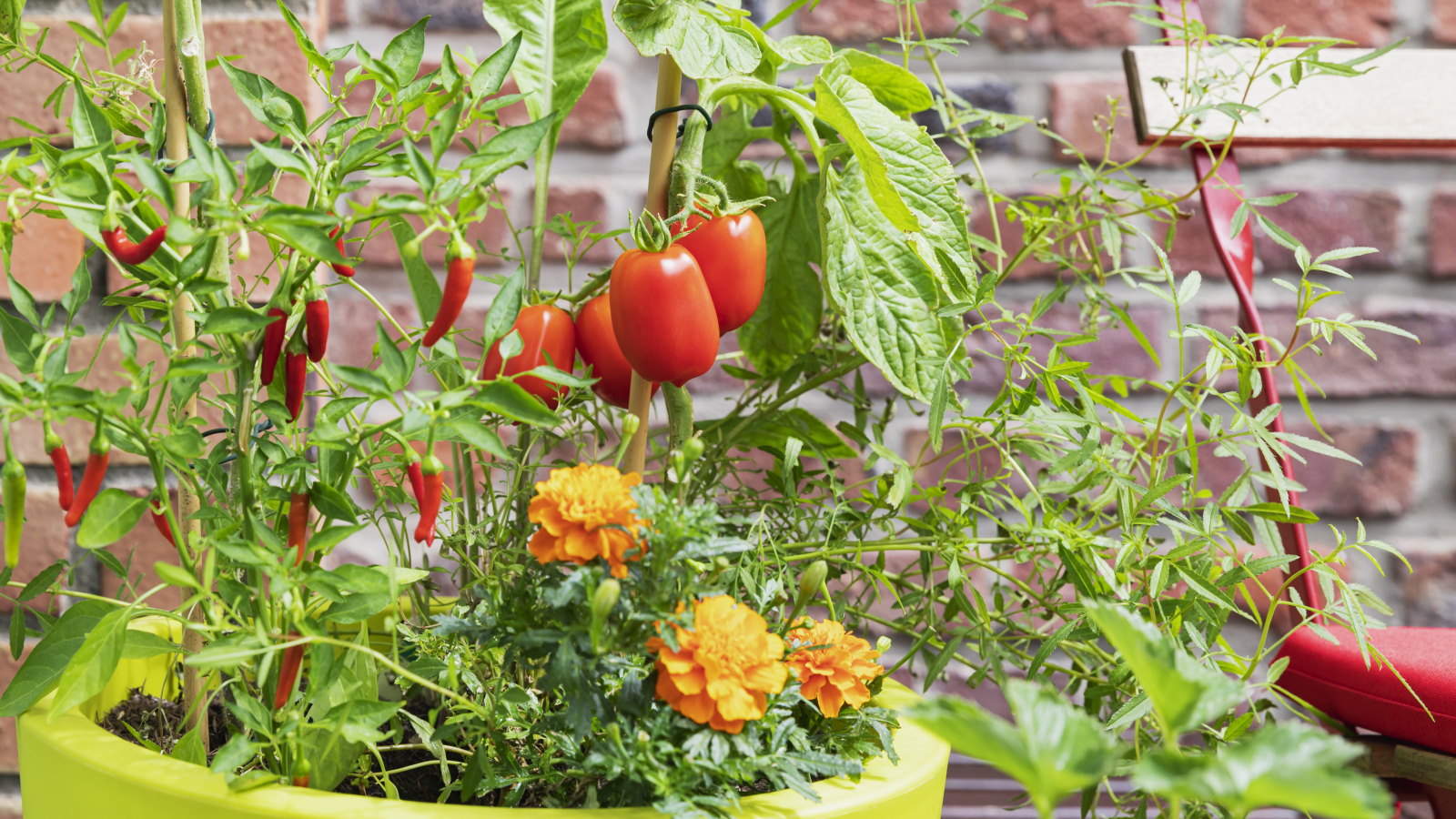 You'll get the best homegrown tomato crops if you plant them next to this one flower – discover why these two are a dream combination
You'll get the best homegrown tomato crops if you plant them next to this one flower – discover why these two are a dream combinationYour tomato plants will be pest-free and covered in fruits
By Drew Swainston Published
-
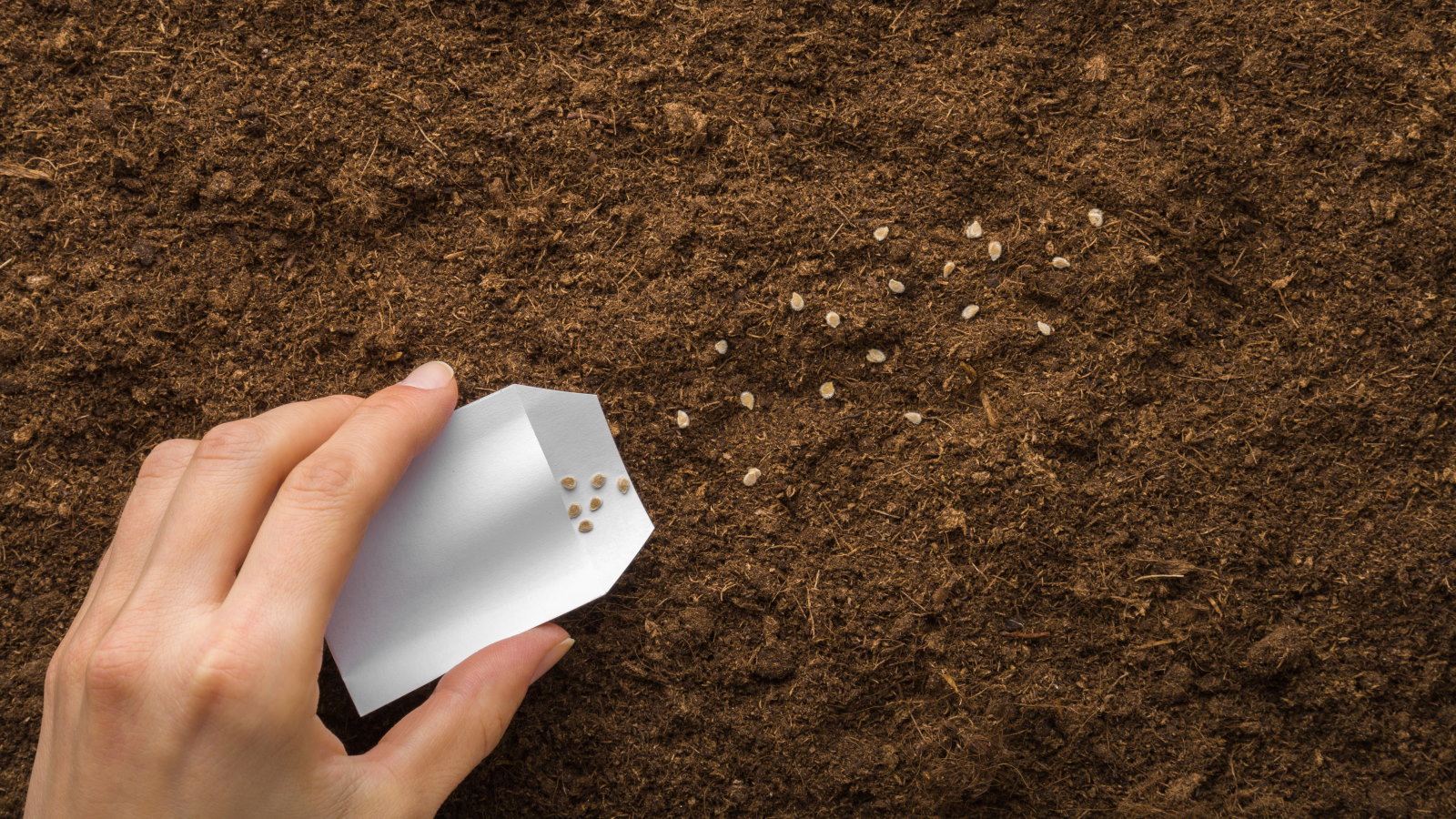 Direct sowing vs transplanting – our grow-your-own expert advises which is best, and shares 5 veggies you should always sow directly
Direct sowing vs transplanting – our grow-your-own expert advises which is best, and shares 5 veggies you should always sow directlyBoth approaches to sowing vegetables have pros and cons
By Drew Swainston Published
-
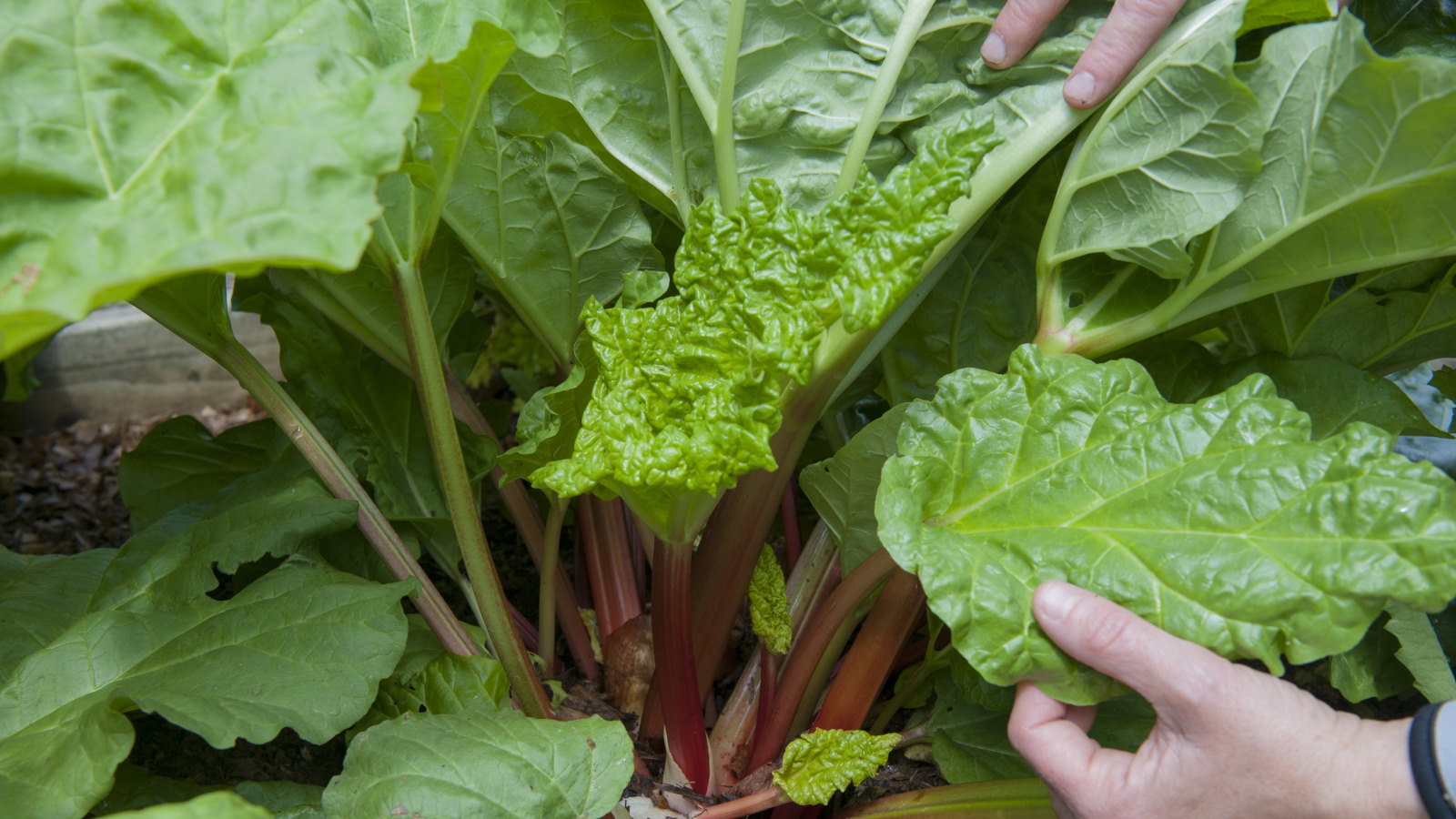 I grew rhubarb from seed for years – here’s exactly how to do it for guaranteed germination and healthy crops of fruit
I grew rhubarb from seed for years – here’s exactly how to do it for guaranteed germination and healthy crops of fruitGrowing rhubarb from seed is a cost-effective way to propagate plants, but it requires care and patience
By Drew Swainston Published
-
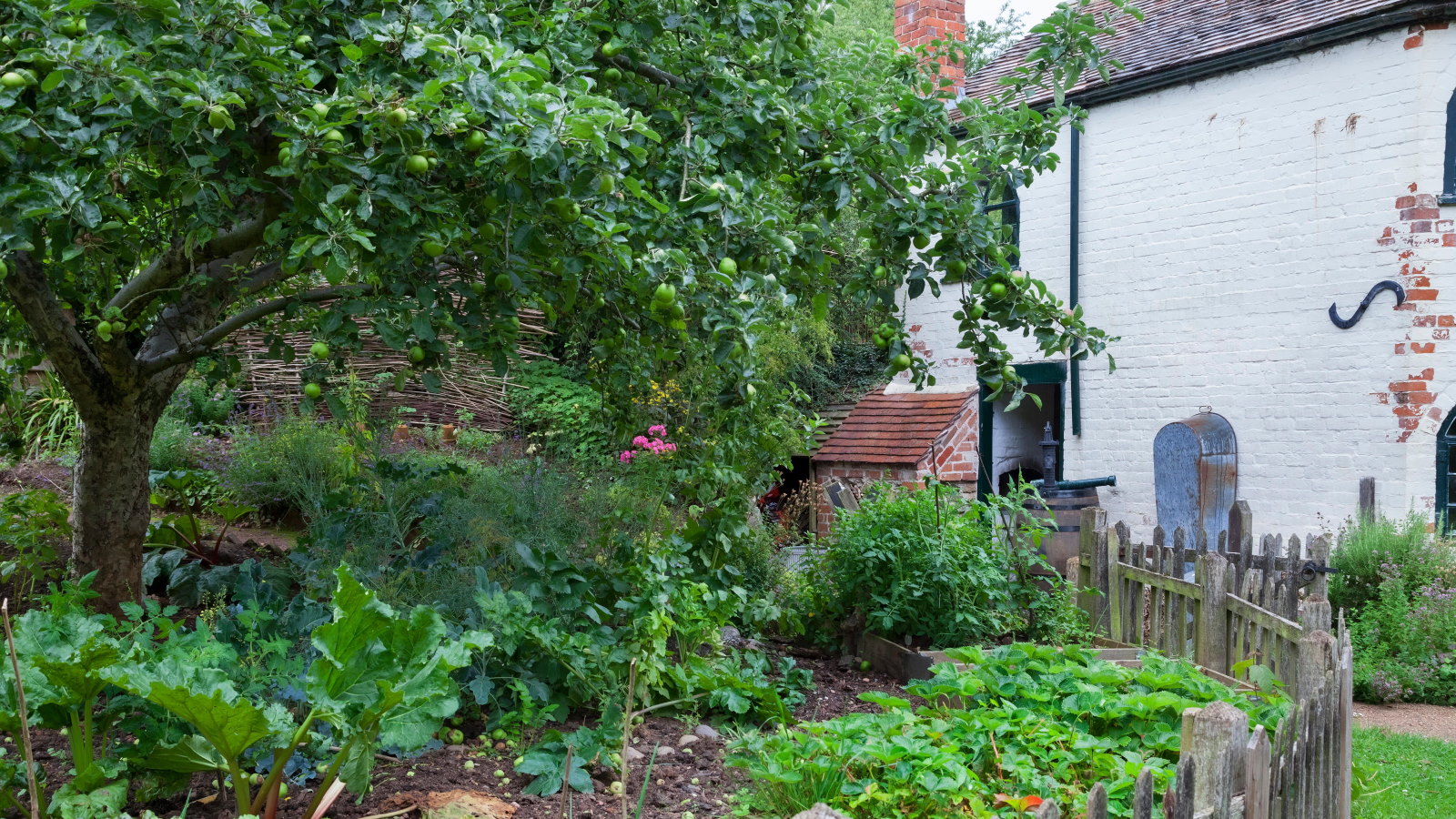 4 reasons you should plant trees in a vegetable garden – plus experts reveal the secrets to help you reap the rewards
4 reasons you should plant trees in a vegetable garden – plus experts reveal the secrets to help you reap the rewardsSee how agroforestry principles can help boost your soil and harvests
By Drew Swainston Published
-
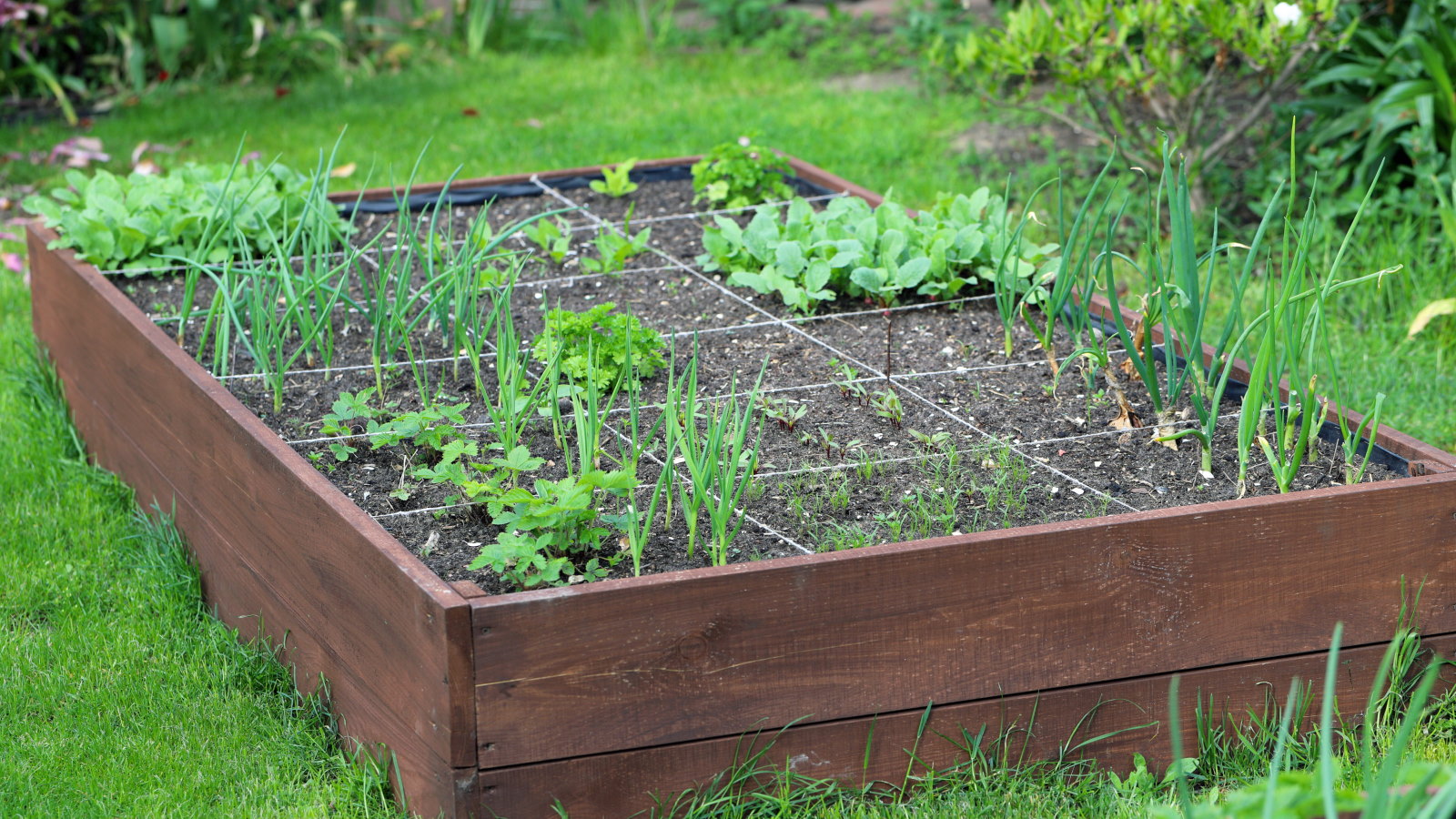 9 of the best vegetables to grow using the square foot gardening method – for big harvests in small spaces
9 of the best vegetables to grow using the square foot gardening method – for big harvests in small spacesPlus how many of each vegetable can be grown per square foot
By Drew Swainston Published
-
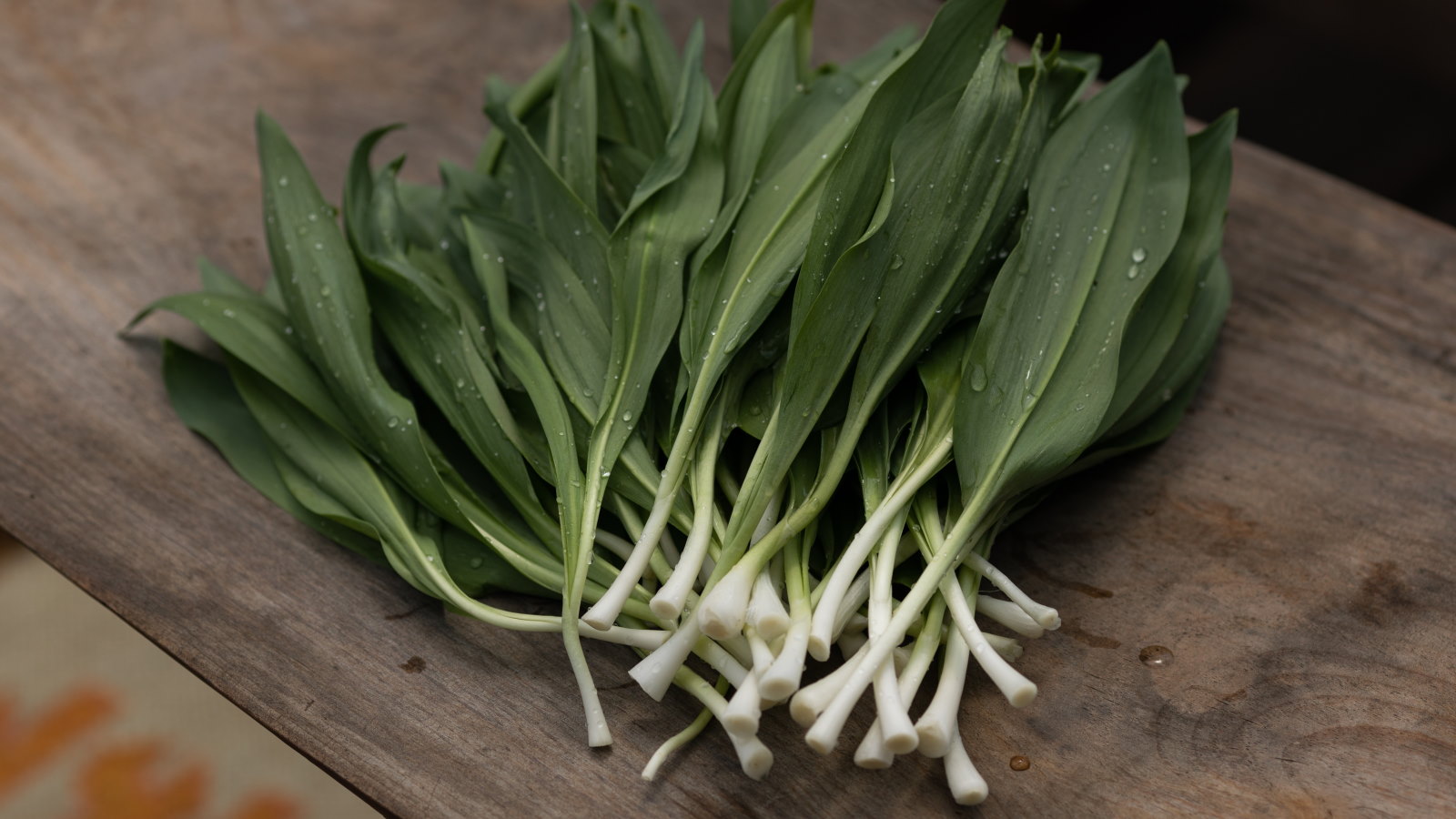 Ramps are highly prized spring harvests for chefs – discover how to grow your own at home from bulbs or seeds to have rich pickings for years to come
Ramps are highly prized spring harvests for chefs – discover how to grow your own at home from bulbs or seeds to have rich pickings for years to comeGrowing ramps, or wild leeks, does require patience, but the rewards are worth the wait
By Drew Swainston Published
-
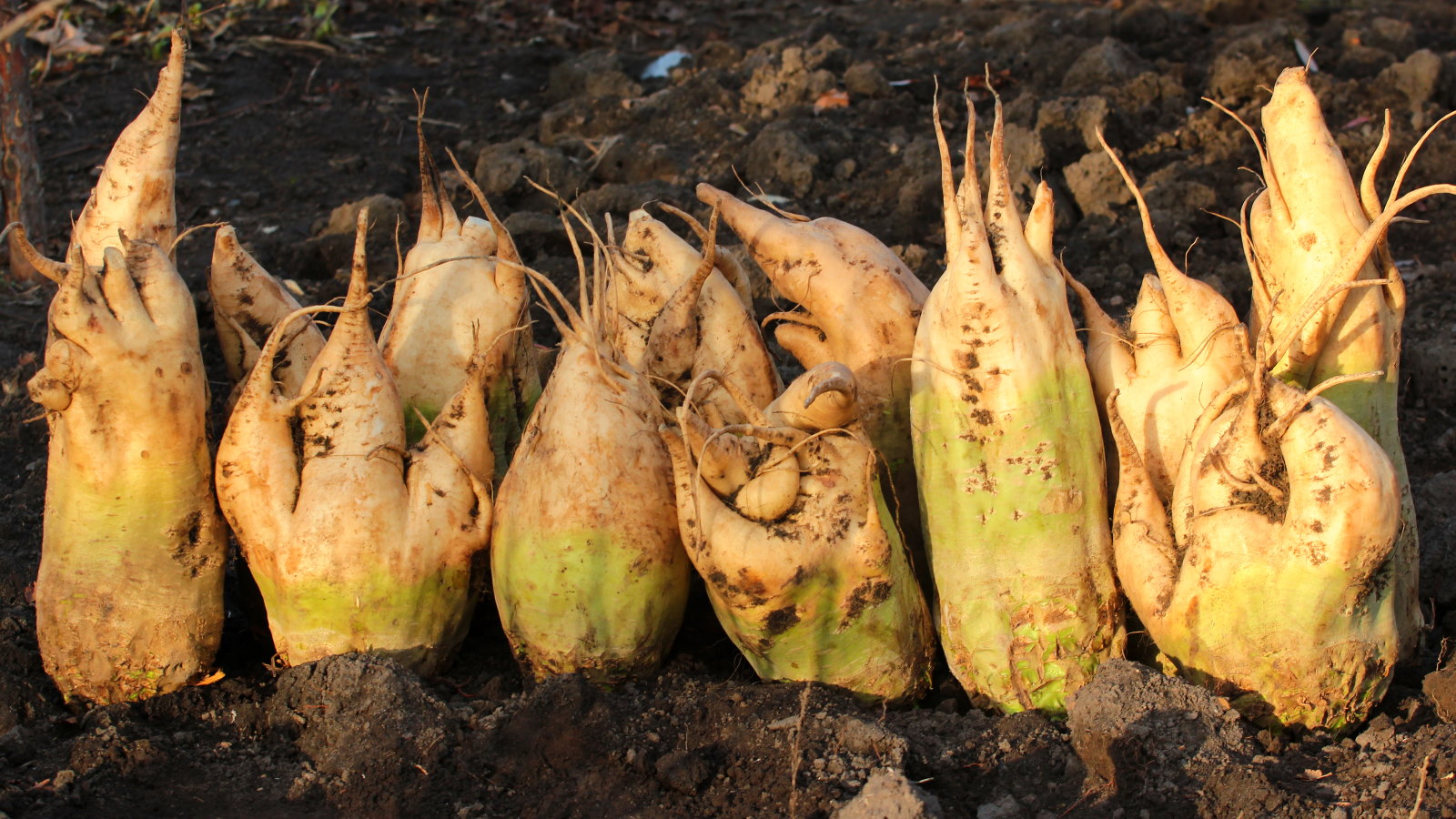 How to grow mangelwurzel – for a versatile and wondrous multi-purpose historic vegetable
How to grow mangelwurzel – for a versatile and wondrous multi-purpose historic vegetableThis easy-to-grow and incredibly productive crop may become your favorite new vegetable
By Drew Swainston Published
